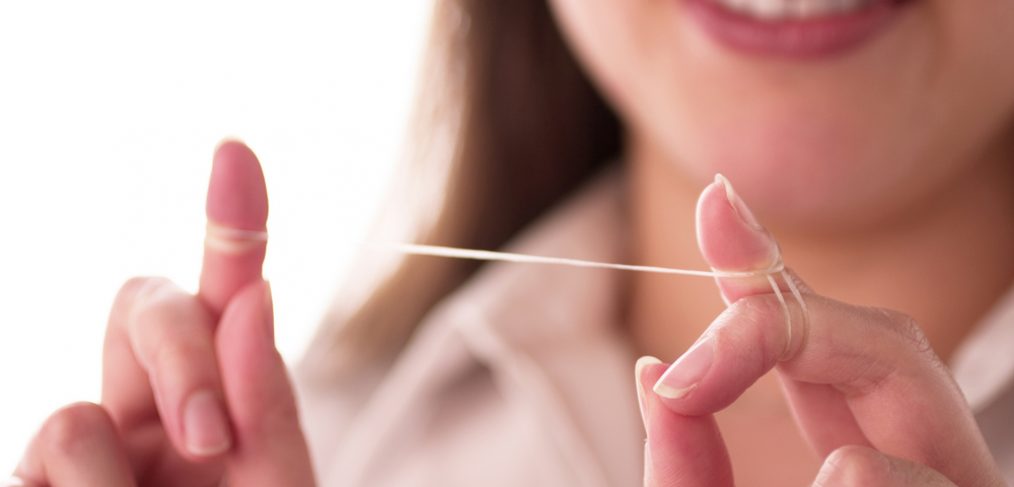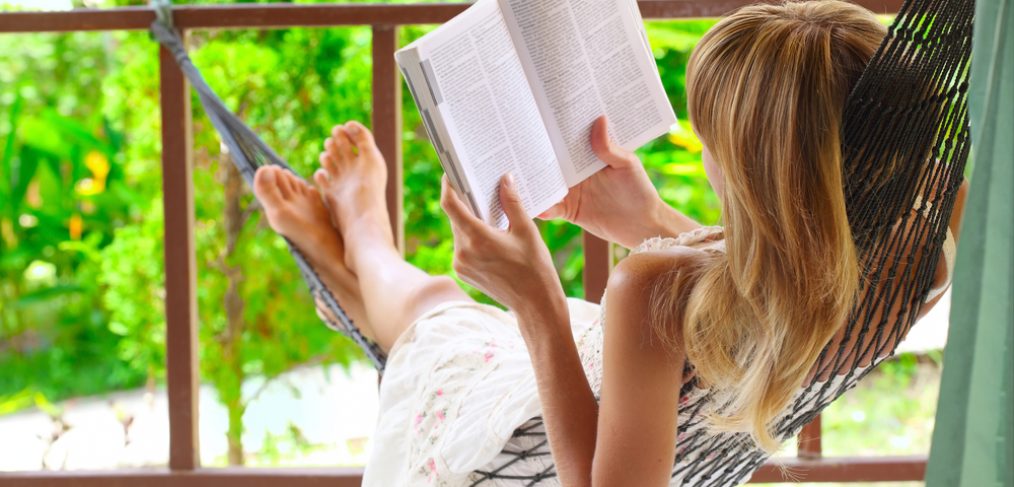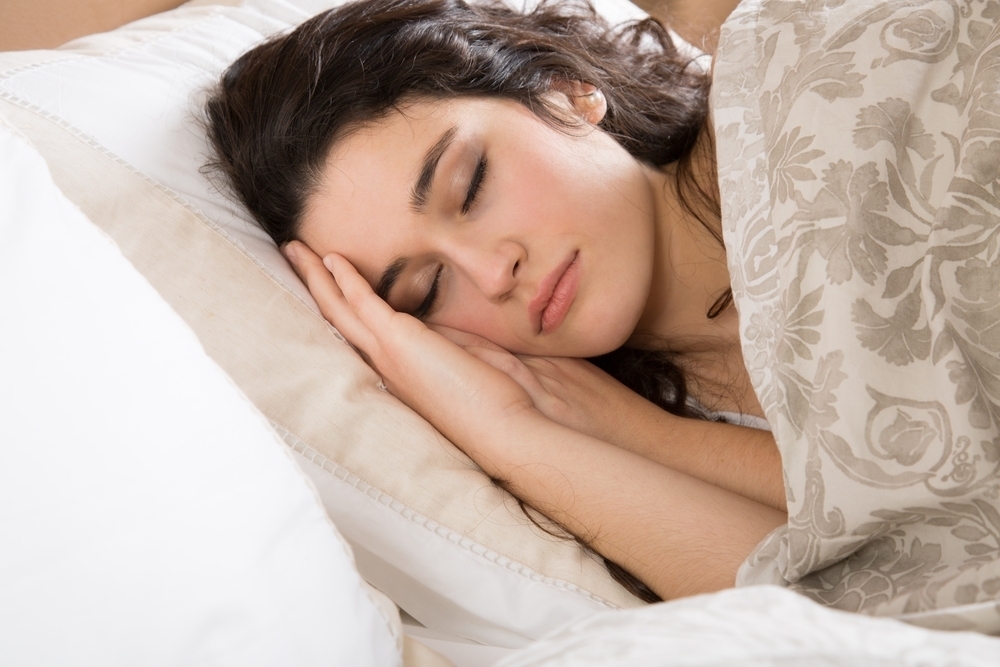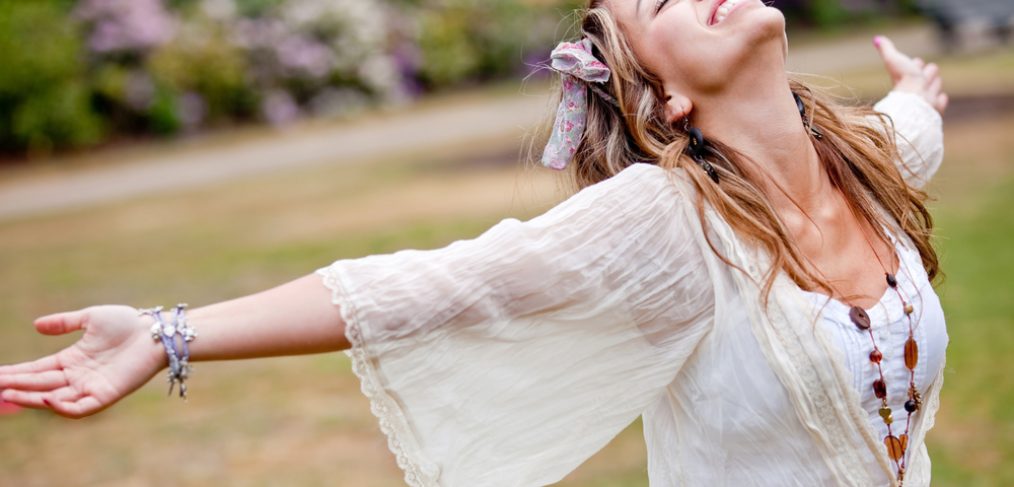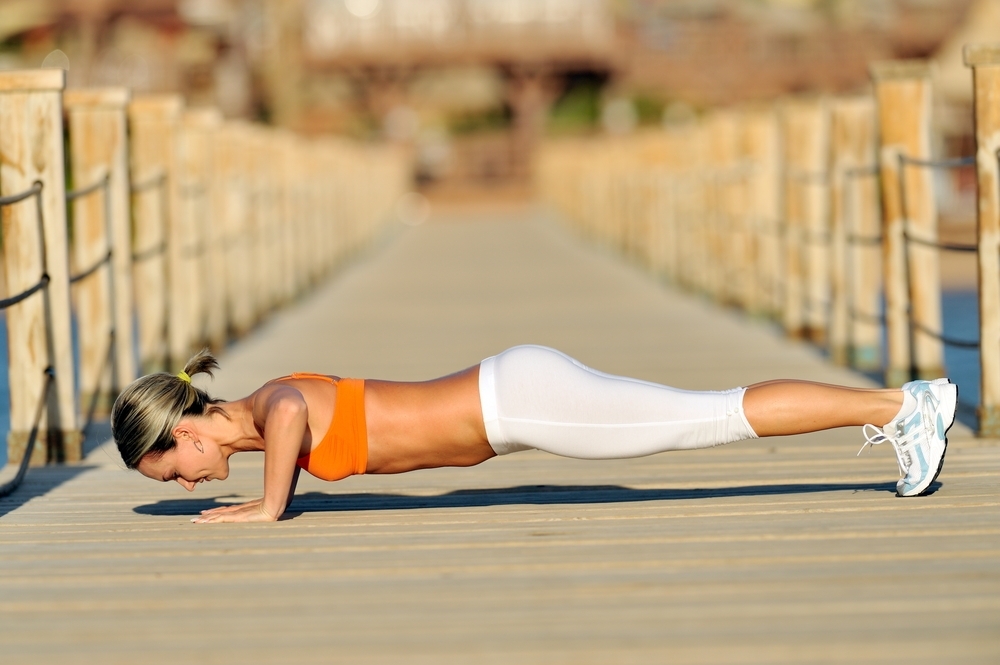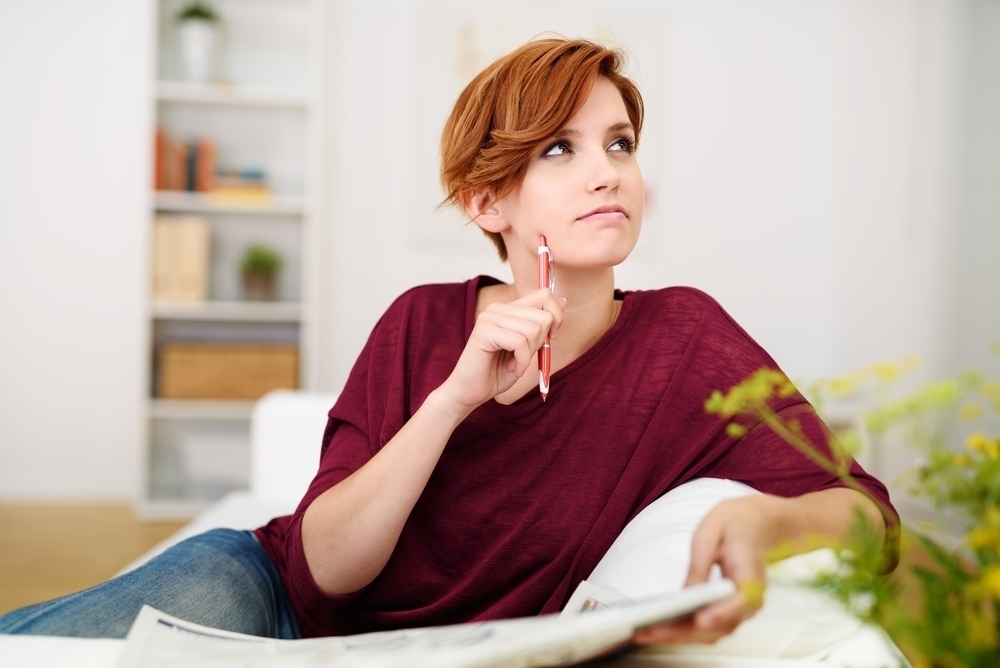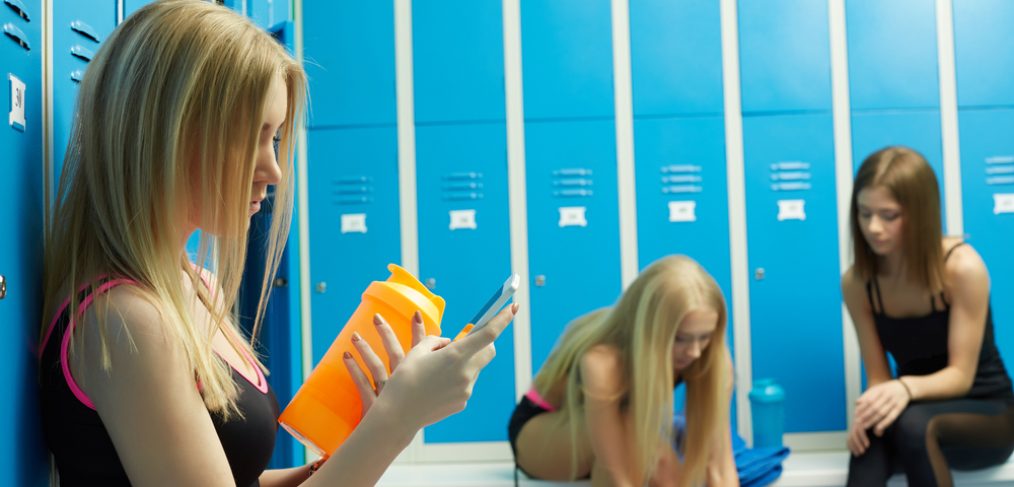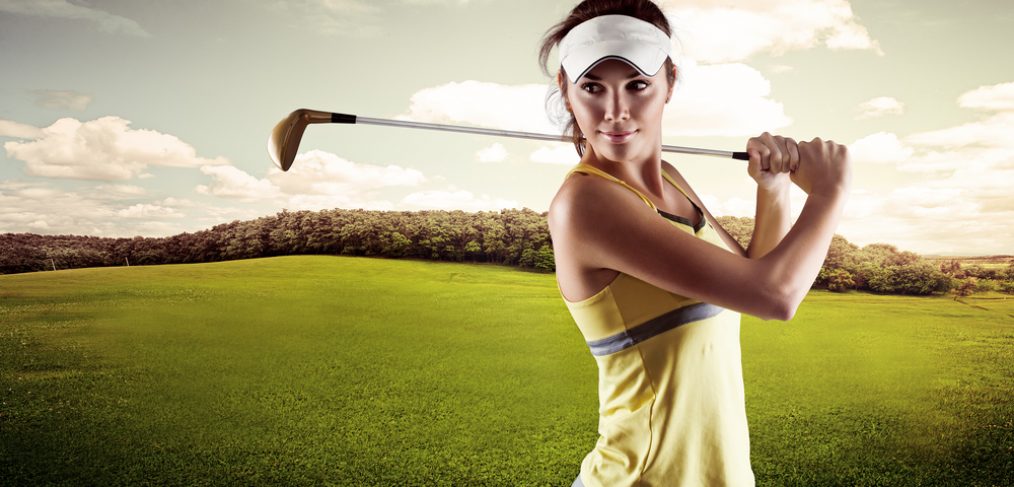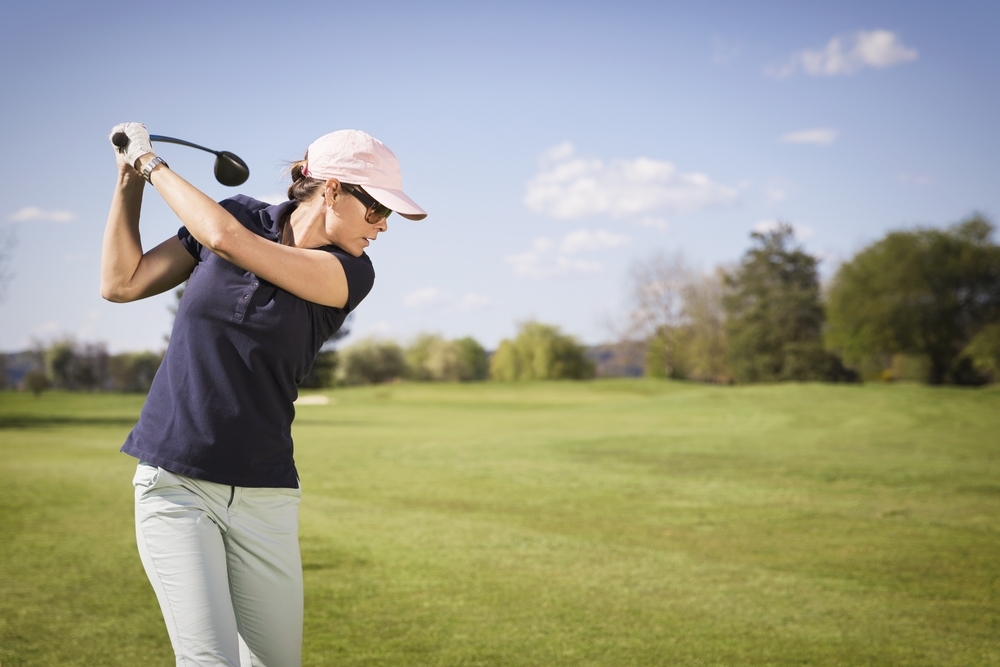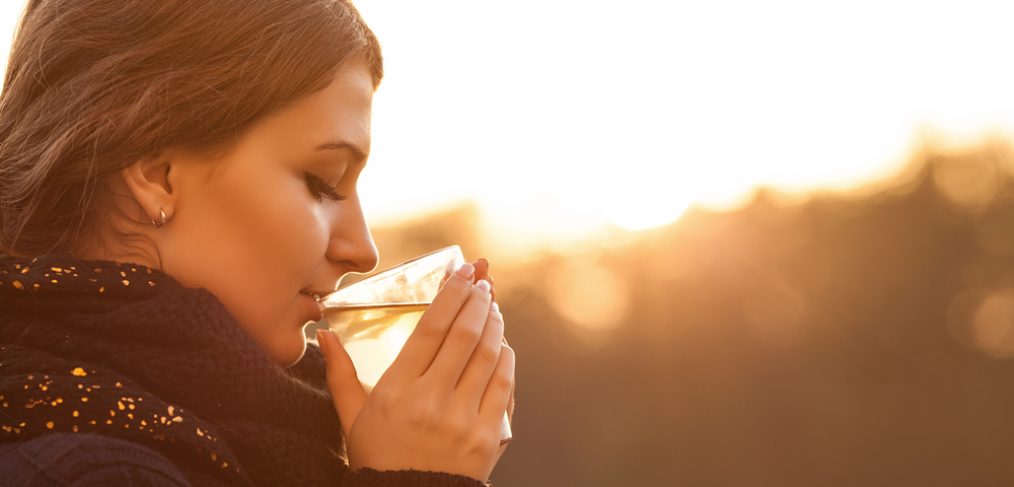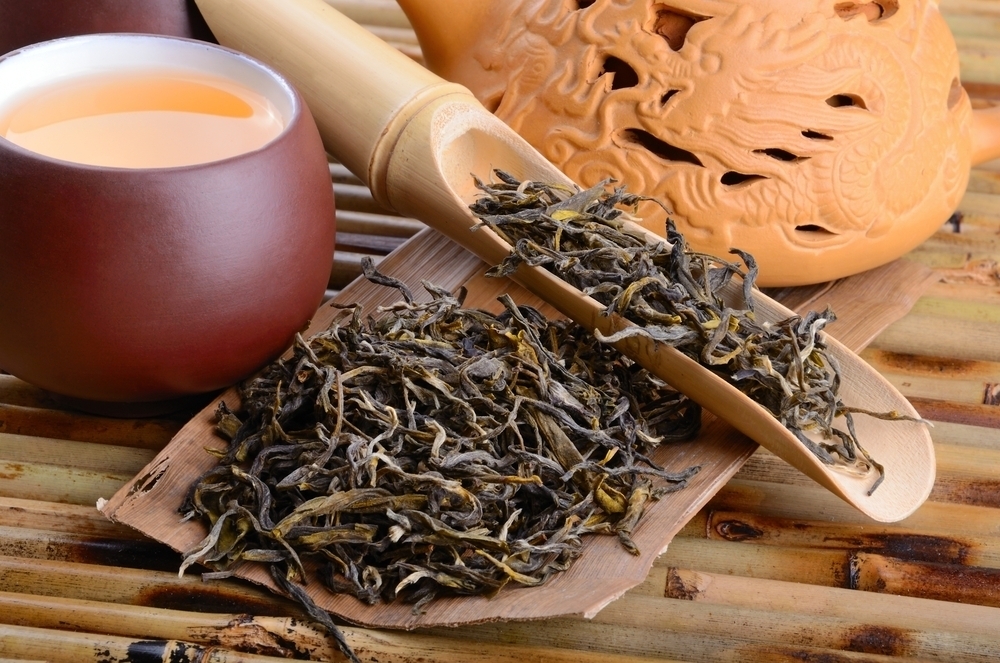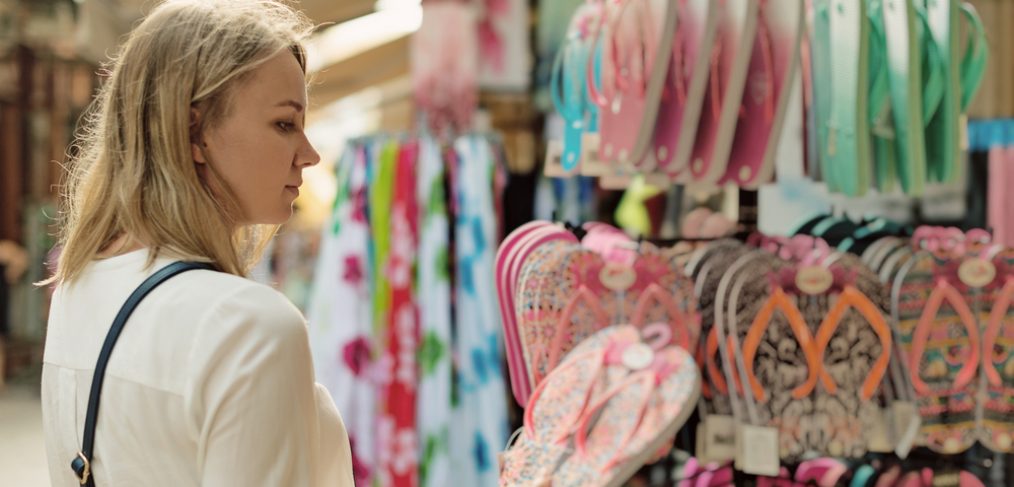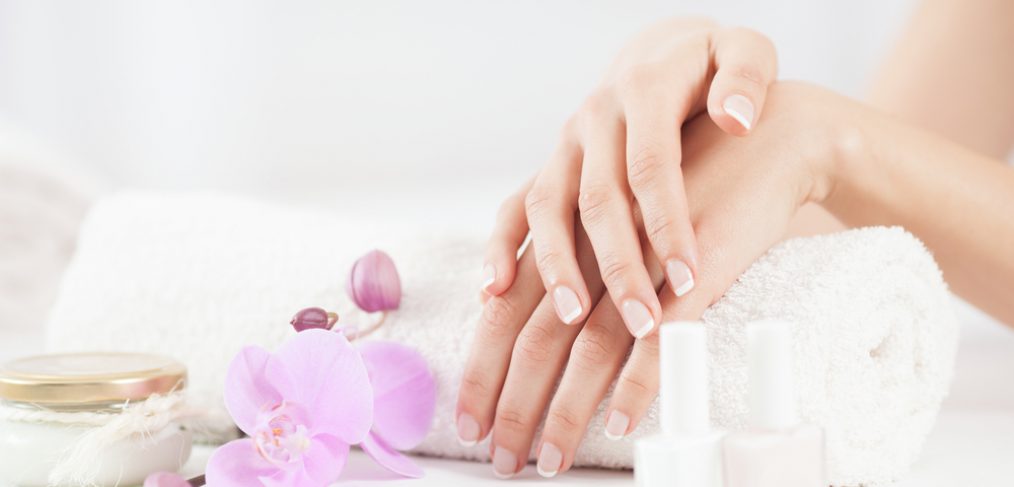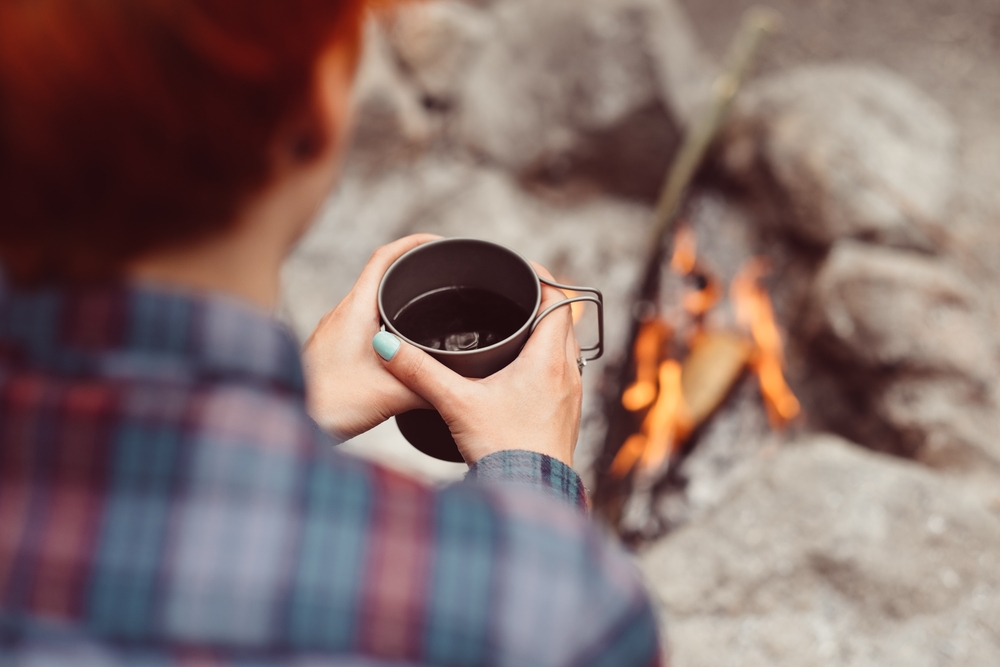A survey by the American Academy of Periodontology found that almost 15% of adults would rather clean a toilet than floss their teeth. That means we either have some people who are really ardent defenders of the porcelain throne or that a lot of people really hate to floss their teeth. Most probably, it’s the latter.
For years, mothers have been telling children to floss their teeth. It might not have seemed the most pleasant activity for a juvenile, but it sort of made sense that it was good for you. Weren’t we always taught that food residue rots teeth enamel? It would then seem logical that if food particles were lurking unknown beneath our teeth, we should surely want to get rid of them, and this seemed to be the main goal of flossing. Could mother have been wrong?
The Skeptics
According to recent reports by the associated Press, officials had never properly researched the effectiveness of regular flossing. (What? Could this have been some capitalistic plot encouraging us to buy ineffective rolls of string?) Well, it seems as if the American Academy of Periodontology concurs. They point to a 2011 Cochrane “oral health” review of 12 studies which, supported the efficacy of flossing. The academy is now claiming that these studies did not “examine gum health over a significant period of time” to determine whether of not there are long term benefits. Tim Iafolla, a dentist with the National institute of dental Craniofacial Research says, “The condition we’re trying to prevent, which is gum disease, is something that takes years to develop and most of the studies only last a few weeks or months.”
The Supporters
Now, keep in mind that the jury is still out on this one. Just because the studies did not support that flossing is beneficial, doesn’t mean it isn’t. Before you go throwing your floss in the dumpster and yelling, “Free at last, free at last,” listen to this: Says Joan Otomo-Corgel, a periodontist with the American Academy of Periodontology,”…My concern is that the public picks up on this and says, ‘Oh, flossing is not a benefit. That means I don’t have to do it.'” She also says, based on her 32 years of observation, flossing gets rid of bacteria that manifest themselves between teeth causing infections and other oral problems. “Biofilms are live,” she says,”I mean…You have different types of bacteria that form and the longer they stay, the more virulent they become.”
Keep in mind also that while studies on prevention of plaque and gum health are inconclusive, floss is still believed to prevent gingivitis, a condition causing fumes to inflame and bleed, although the naysayers are quick to add that the quality of evidence supporting this was “very low.”
It seems that it would be remiss not to include an admonition from Dr. Wayne Aldredge, president of the American Academy of Periodontlogy, who reminds us that gum disease is, “insidious, slow and bone melting.” He says those who quit flossing are, “rolling the dice,” and; “You don’t know if you’ll develop periodontal disease, and your can find out too late.”



